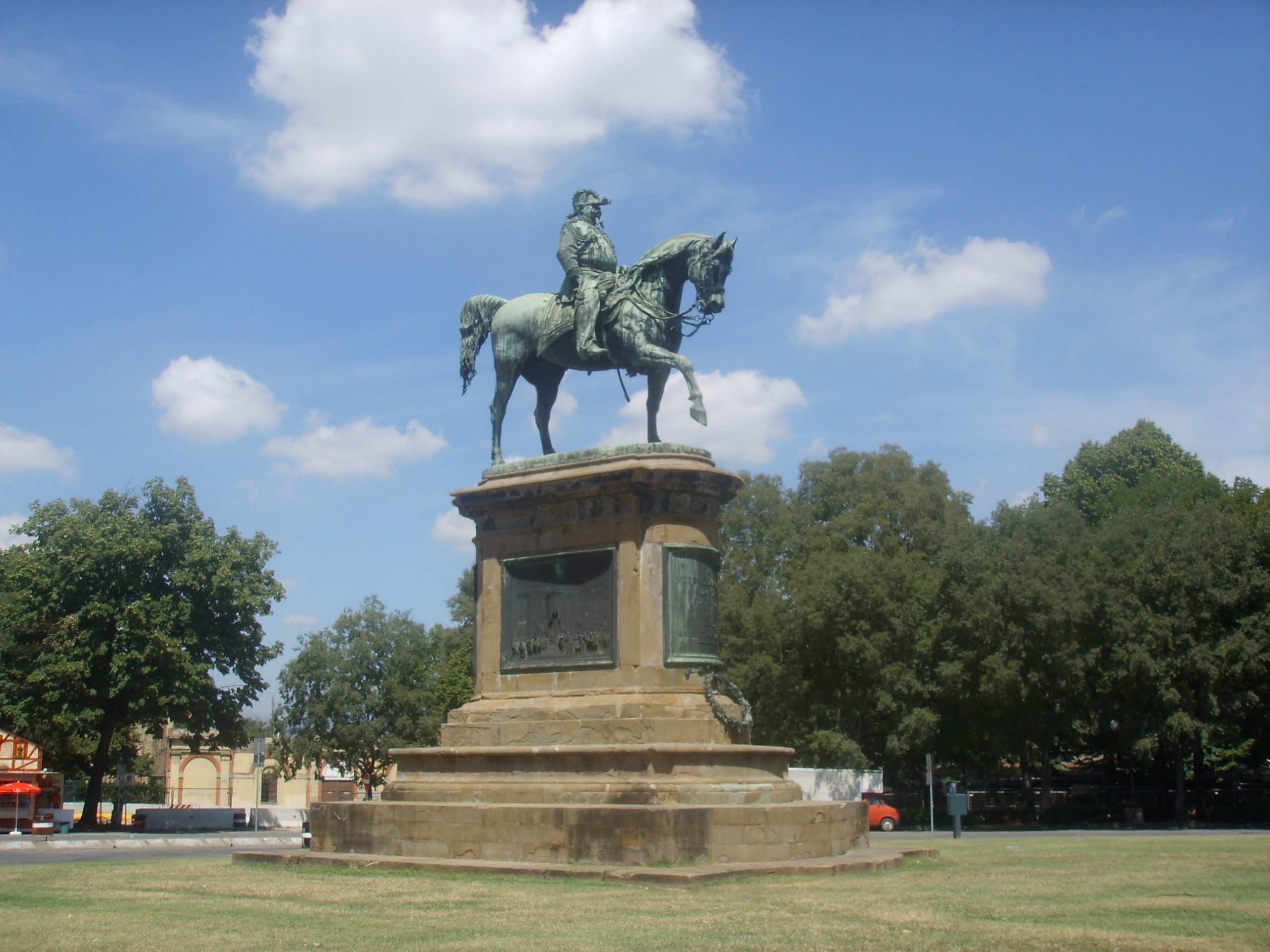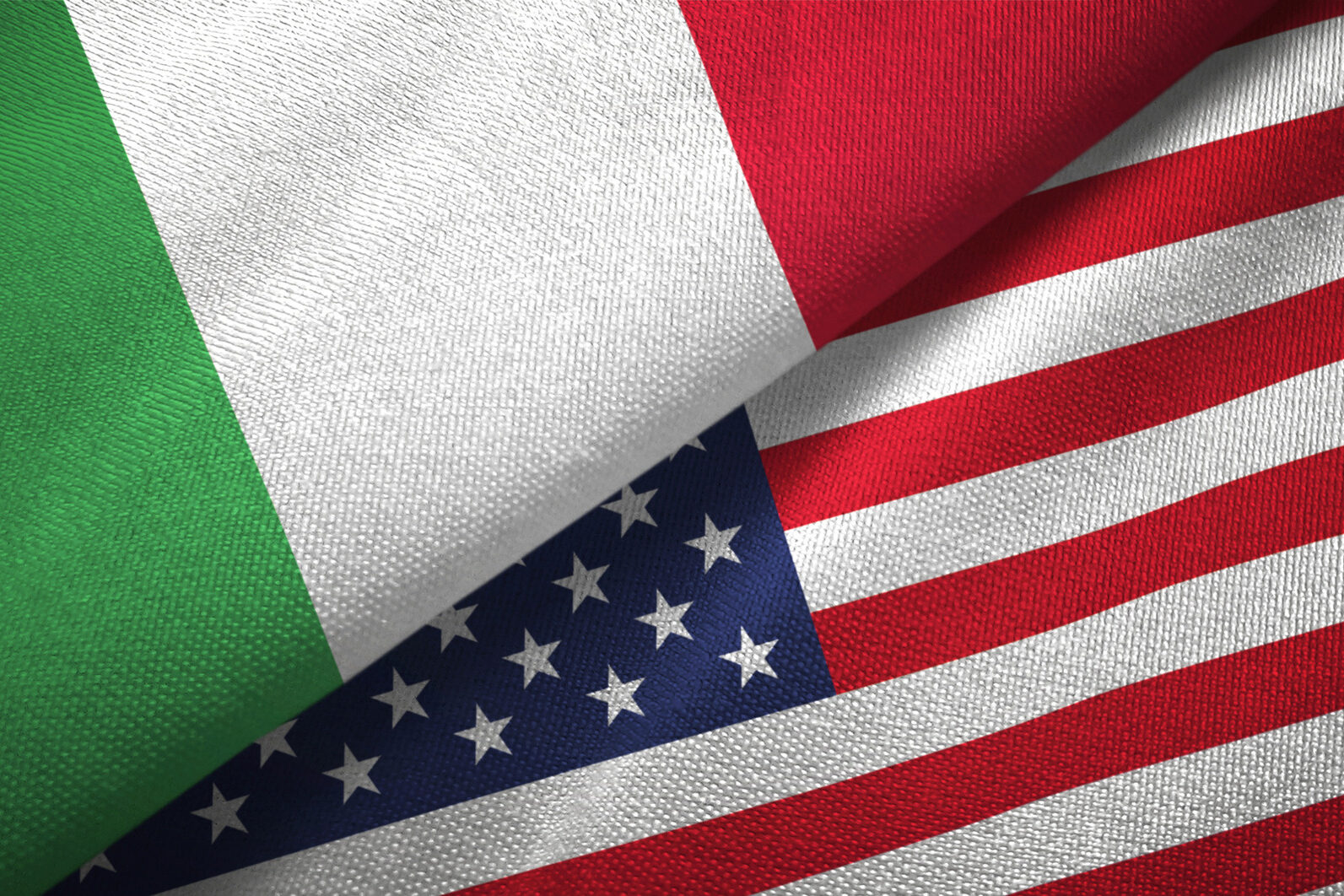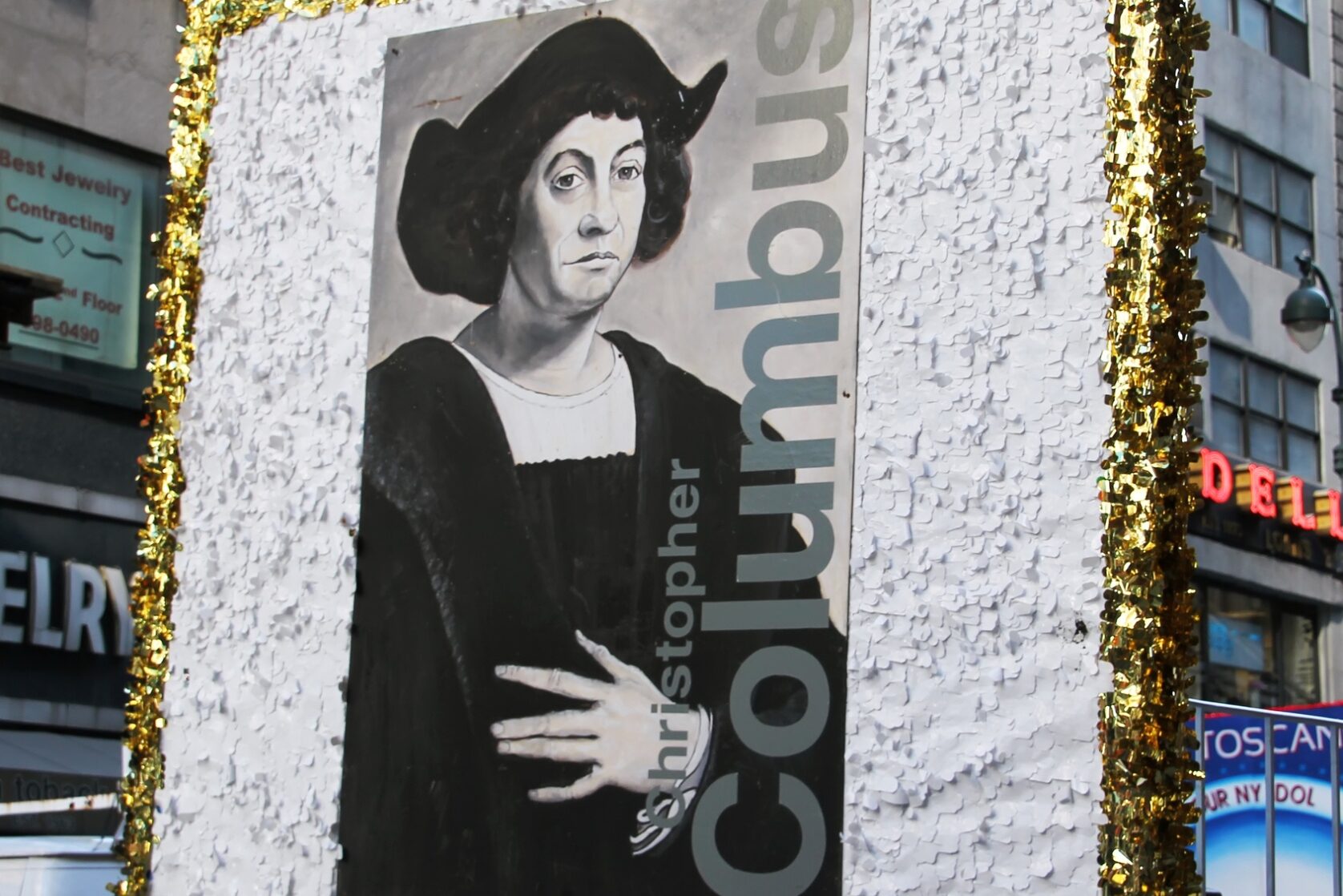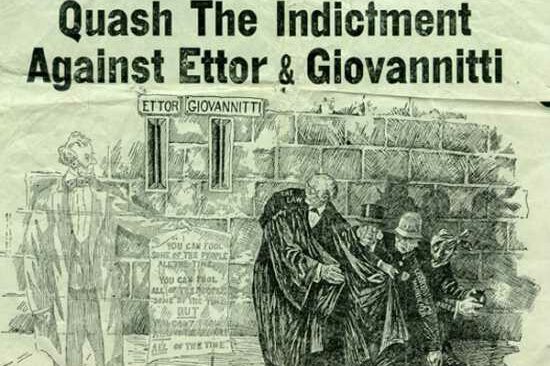Dear Readers,
A March Mix of Italian connections for you: Italy, with annexations, became united on March 17, 1861, and with a population of twenty-two million, the kingdom of Sardinia was replaced by the Kingdom of Italy. Victor Emanuel II became the King of Italy and with minor changes, the Sardinian Constitution was also adopted in Italy. Venice was annexed in 1866 and Rome occupied in 1870 and made the capital in 1871. Italy’s borders remained the same until 1918. It was the first time that Italy was united under an Italian ruler (Victor Emanuel II). Italy and the Italians had many problems to be solved. D’Azeglio said: “We made Italy- Now we must make Italians”. Physical characteristics and different cultures of the country made unity very difficult to achieve. The contrast was greatest between the North and the South. Italy was for the most part agricultural and the industry that existed was mostly in the North. Seventy-five percent of Italians were uneducated in 1861, but some areas had 90% illiteracy. Speaking many different dialects and coming from seven different states, Italians were hardly aware of their common culture. Mazzini himself acknowledged the failure of his “educators” to arouse the people into unity. In name only, the unification of Italy was achieved by methods exhorted by Mazzini and Garibaldi. Monetary diversity, weights, measures and standards of education played a big role in maintaining a political, economic and cultural autonomy in various states. Individualism was very strong. Only one element was a common legacy: suffering under foreign rulers. The Catholic Church was no help. The Pope had lost his temporal powers when Rome was taken in 1870. The Government of Italy tried to appease the Pope by enacting laws guaranteeing ownership of the Vatican, Lateran Palaces, Villa of Castel Gandolfo, and made him head of state, plus three and one quarter million lire per year. Pope Pius IX refused and shut himself in the Vatican, called on foreign nations to intervene, forbade Catholics to vote and to hold office in the government. This was generally ignored by Italian Catholics. Suffering and resentment, especially in the South was blamed on the liberals, and in 1876, many in the liberal parliament were voted out and the majority now was formed by deputies of the “Left”. A new election was held and a great number of leftists were elected. All expected tax reductions on the poor and reforms in the South did not take place: Depretis was soon replaced by Cairoli, who served for only six months.
***
On January 8, 1878, Victor Emanuel II died, and was succeeded by Humbert I. Depretis took power again. In July 1879, Cairoli came back to power, but resigned after five months. With all these helpless governments, Italy was left with little respect at home and abroad. The expectation from the Left was gone. The parliament became a place for exchanging favors; many cabinets were formed to provide opportunities for themselves and their friends. Elections were often “made” rather than “held”. Right or Left, there was very little distinction between the two parties. This came to be known as the era of “Trasformismo”. The politics of Italy were manipulated by skilled politicians. Agostino Depretis, Francesco Crispi and Giovanni Giolitti governed with dictatorial powers. They were artists in securing personal allegiances. This was the way Italy was ruled until 1915, when war and nature intervened, including an earthquake in Central Italy which killed 29,000 people.
***
April 25, 1915, Italy signed a secret treaty with Britain, France and Russia, agreeing to enter the war on their side in return for territorial gain. -May 23, 1915, Italy declared war on Austria. -May 25, 1915, the Austrians bombed Venice. -August 21, 1915, Italy declared war on the Ottoman Empire. -October 19, 1915, Italy and Russia followed Britain and France in declaring war on Bulgaria. -August 9, 1916, Italian troops take Gorizia. -August 27, 1916, Italy declares war on Germany. -April 6, 1917, Pres. Wilson takes the U.S. into war and in December the U.S. declares war on Austria. -October 31, 1917, the Italian army was shattered by a surprise German onslaught, and retreated in disarray towards the Piave River, a mere 15 miles (24 kilometers) from Venice. -October 30, 1918, a year after Piave, the tides turned and the Austrian army completed its evacuation of Italian territory and signed an armistice. On November 11, 1918, at 11 a.m. on the 11th day of the 11th month, with their army reeling under the Allied blows, the Germans, in no position to haggle over armistice terms, signed and, after four years and 14 weeks World War I ended and peace came to a war-weary Europe.
*** In Italy, shortly after the armistice (March 1919), Benito Mussolini founded a new party, the Fasci di Combattimento, to fight both liberalism and communism and by November 1921, Benito Mussolini declared himself “Il Duce” (the leader) and a dictatorship form of governing Italy began. *** On a lighter note: There should be music in every home…except the one next door. * Politics and music are much alike. The person who is off-key always seems to have the loudest voice. * Remember: the good life depends on how you play it. * Opera is where a man gets stabbed in the back and instead of bleeding, sings.
***
On the Basilicata regione food scene, one usually thinks of tomatoes and not potatoes, but while visiting the ancient Greek settlement of Metaponto, now a fashionable resort in the province of Matera, I ate in a tiny trattoria and was served a sort of potato pizza or torte. After questioning a multitude of Matarese “cugini”, this recipe was the result: Patate Paesano Boil 5 large potatoes (use a russet variety baking potato for best results, wash and drop into cold water. Bring to a boil and then cover and cook 45 minutes). Mash potatoes (after you have drained, peeled, and cooled them down to handle). To well mashed potatoes add: 2 Tbs. butter 1 cup grated Parmesan 2 eggs 2 Tbs. chopped parsley Salt & pepper to taste Mix together like a dough (Wet hands if mixture sticks to fingers). Coat a cake pan or casserole with butter or oil and sprinkle with breadcrumbs and parmesan cheese mixture to discourage sticking. Spread half of potato mixture in a layer at bottom of pan. Top with 3/4 cups salami or mortadella. Top with the remaining half of the potato mixture. Sprinkle top with breadcrumbs, more cheese and if desired add a few drops of olive oil. Bake in a pre-heated 350 degree oven for 20 to 30 minutes or until golden brown. Remove, cool 15 minutes, slice, serve and Enjoy… *






























